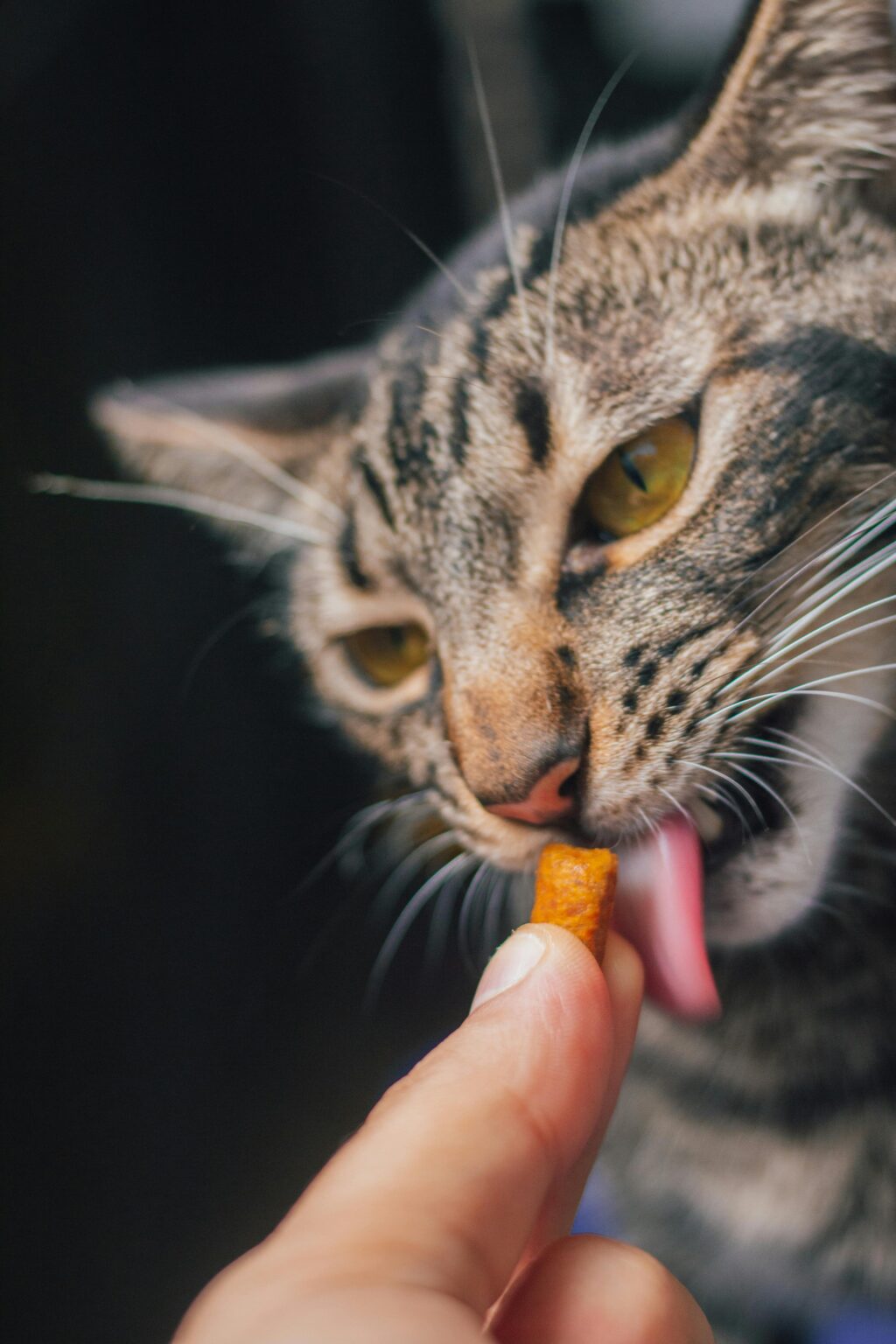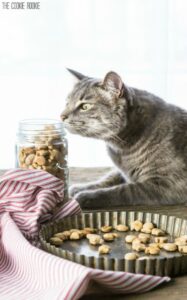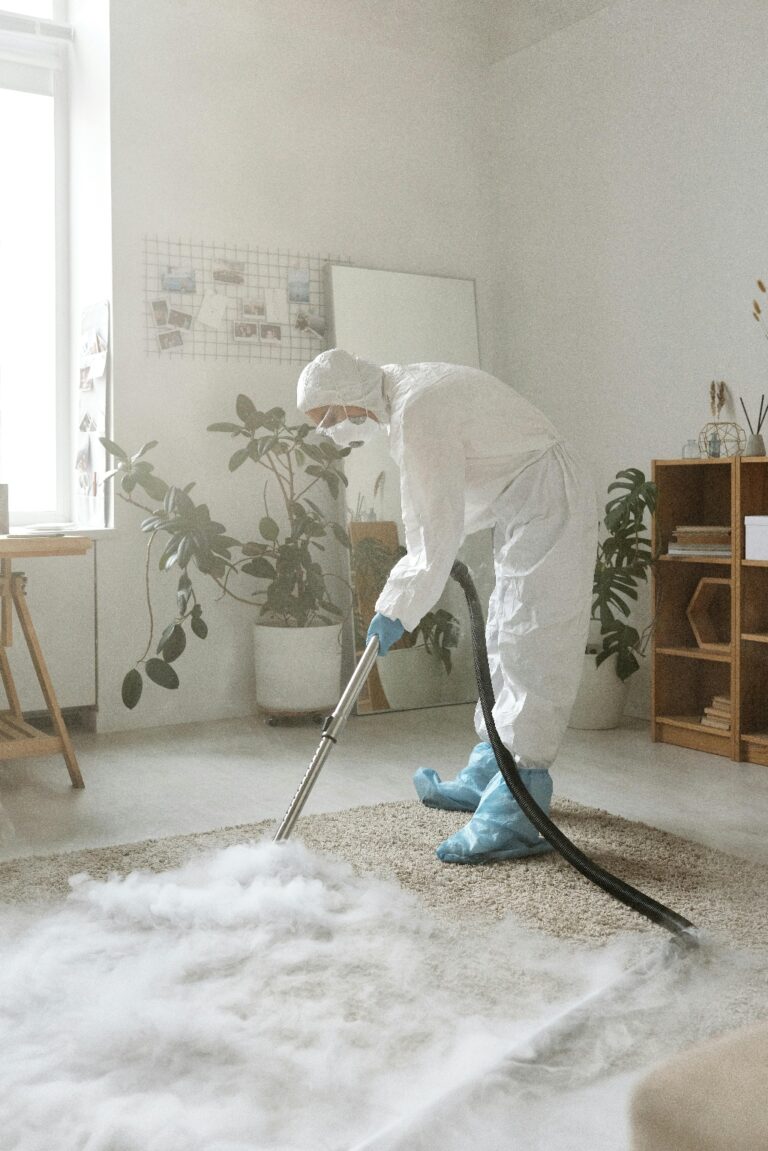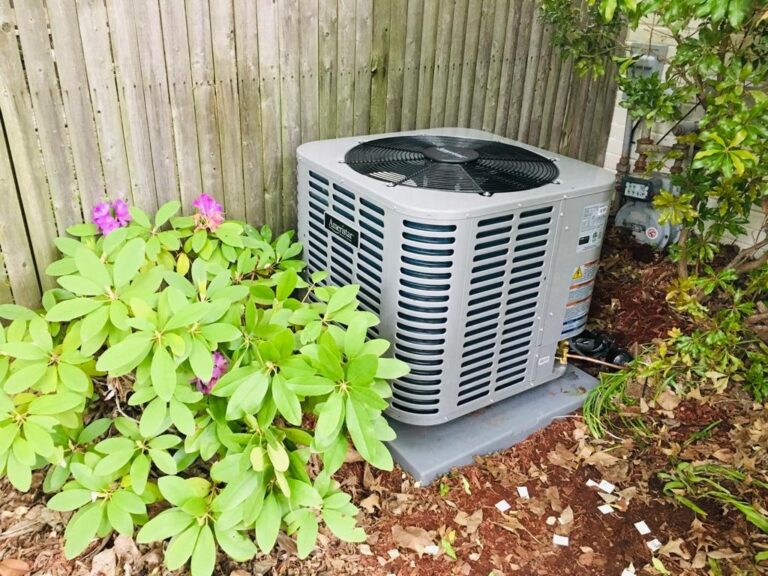
Ever found yourself fixated on the never-ending rows of natural cat food Canada? There seem to be countless choices. Every furball has a taste and texture from soft nibbles to crispy clusters. Then you start to see grain-free. Wait—do cats really give a damn? Should you care? Cat treats abound on shelves under this title, occasionally with price tags sufficient to cause your wallet to yelp.



Let’s explore just what grain-free entails. These goodies cut wheat, corn, and other grains out of sight. Usually proteins—think of chicken, salmon, tuna—as well as other carbs like potatoes or peas remain. Some pet owners insist that their grain-free treats taste better. For what reason? People, then, worry about allergies and sensitivity. To be honest, cats have somewhat rare real grain allergies. Studies reveal that most cats respond to animal-based proteins more often than to grains. Unexpected, right?
“Cats are obligate carnivores,” your acquaintance could say, “so grains don’t belong.” There is slivers of truth here. Cats require animal protein if they are to flourish. They are not designed to break down vast quantities of carbohydrates. Small grains won’t, however, rush your cat to the veterinarian in a frenzy.
Here is a twist right now. Treats free of grains occasionally raise the fat and calorie count. The makers substitute more calorie-dense foods for grains, so Fluffy’s snack might start to cause problems with waistline. You have a lazy lap cat? If you are not monitoring portions, grain-free could imply more poundage.
On the other paw, some cats have inflammatory diseases or stomach problems; owners of these cats may find changes when they stop grains. Still, there is no medical justification for sprinting for grain-free if your kitty friend is happy and healthy and your veterinarian has not raised any dietary problems.






